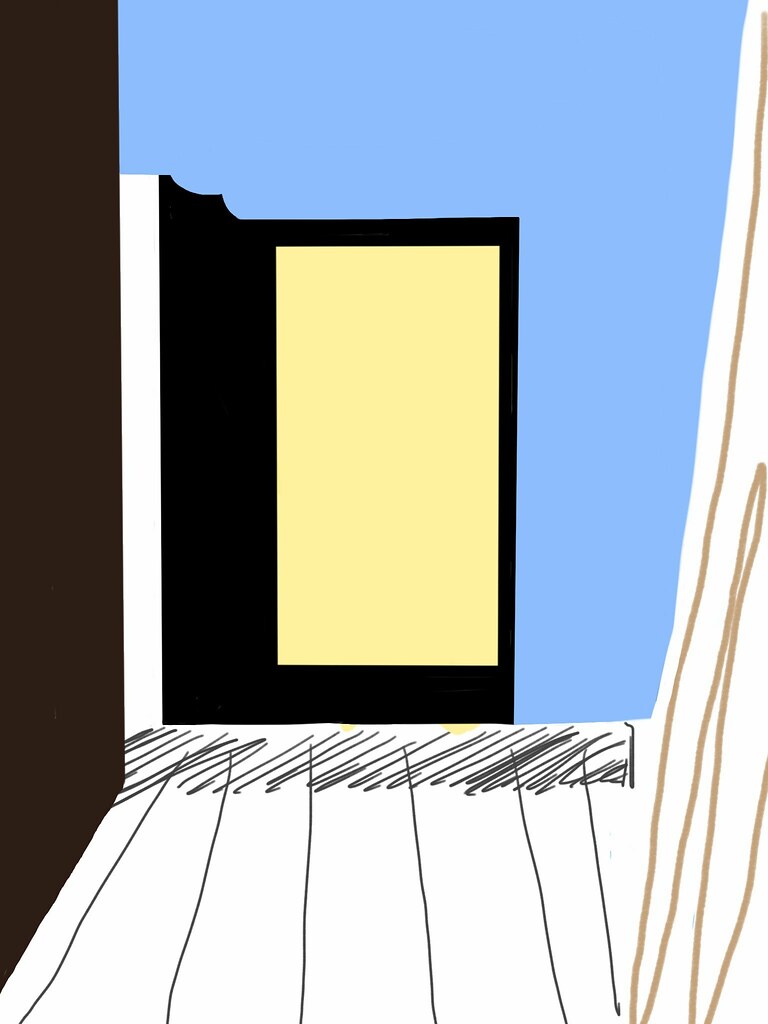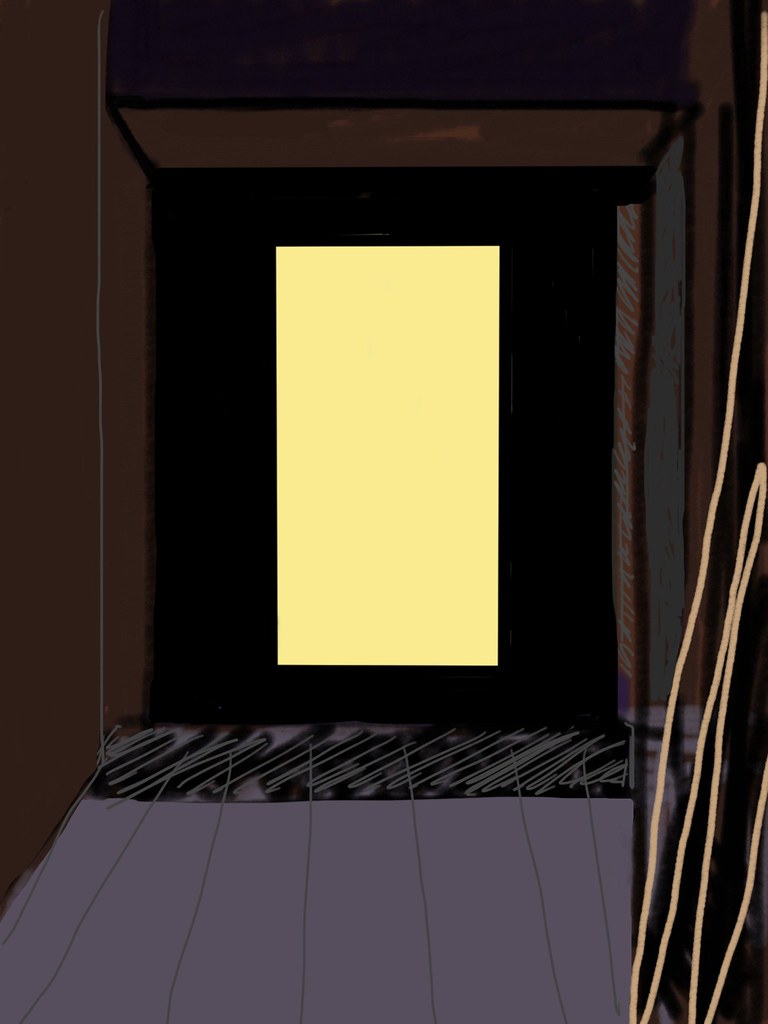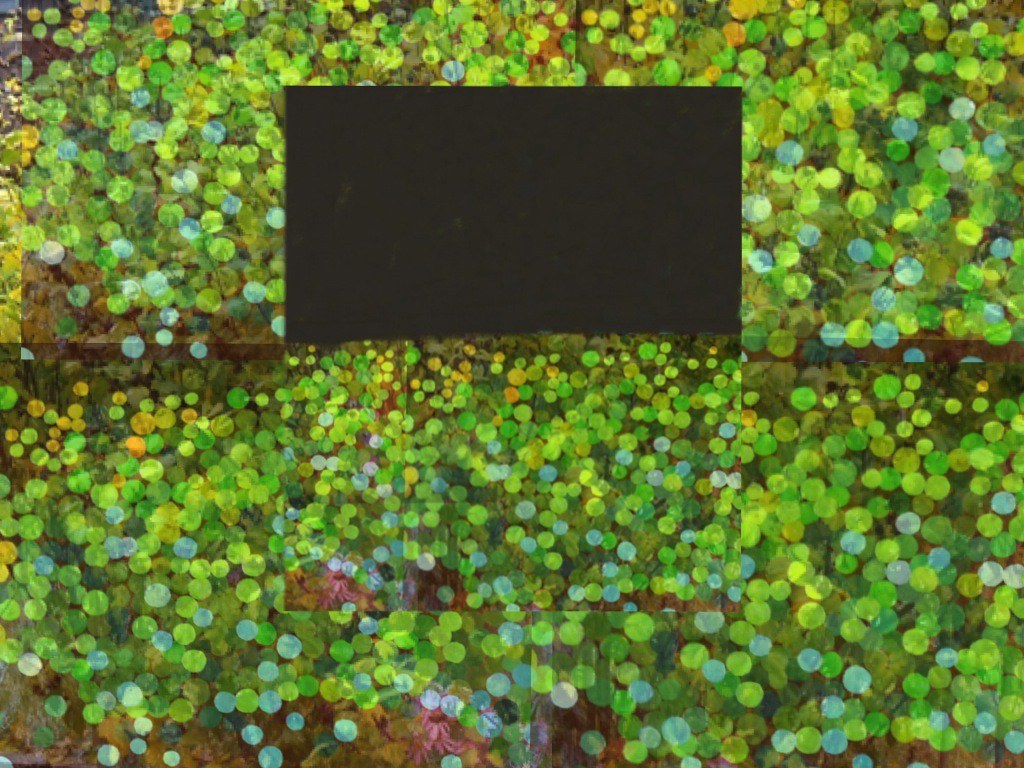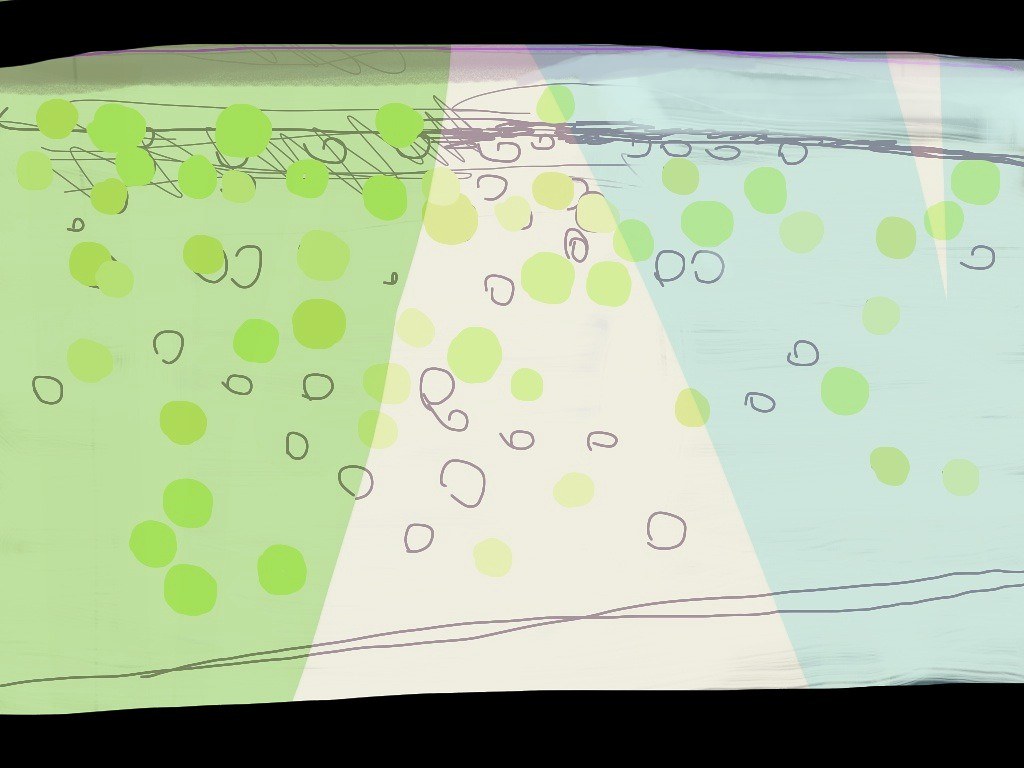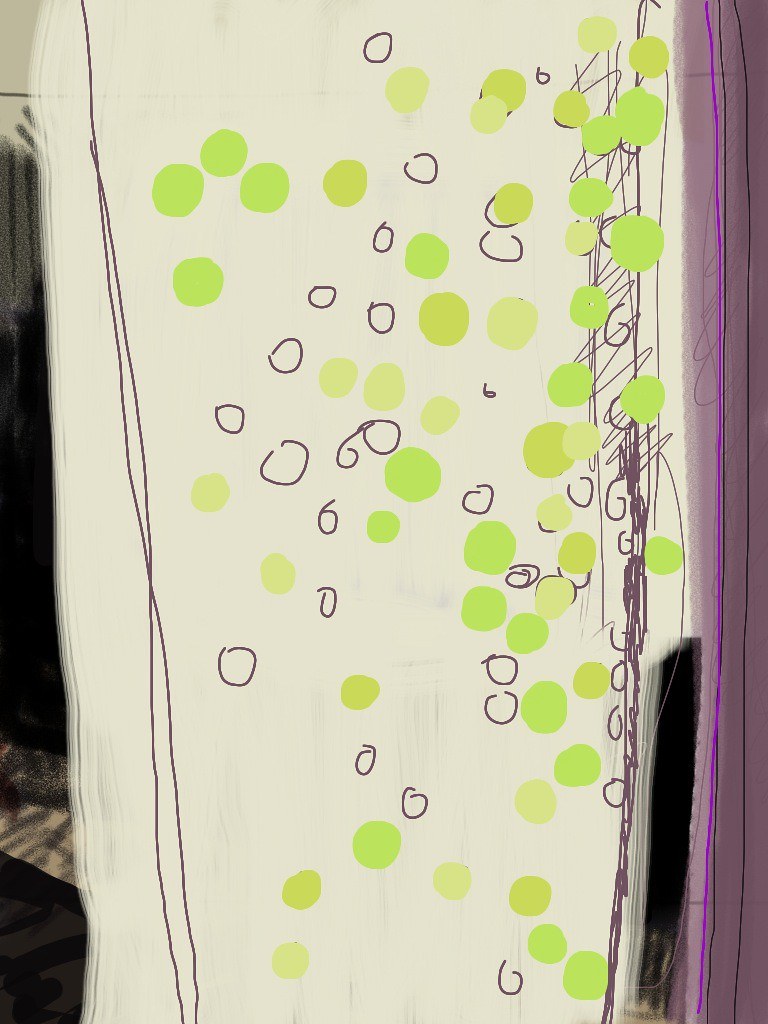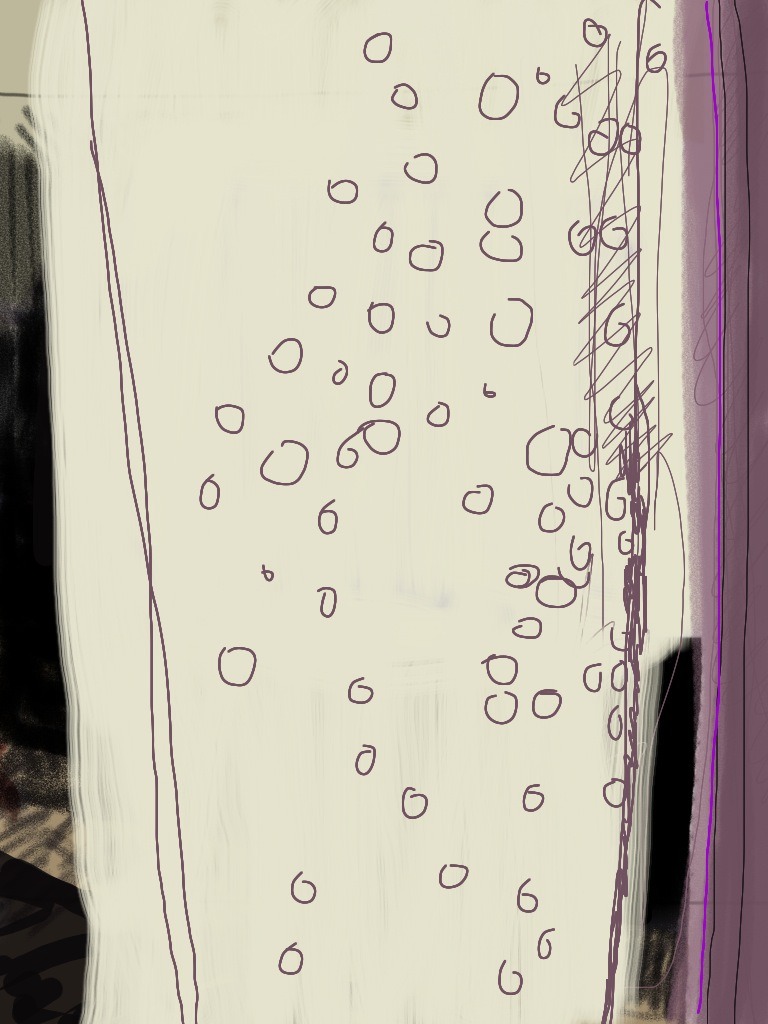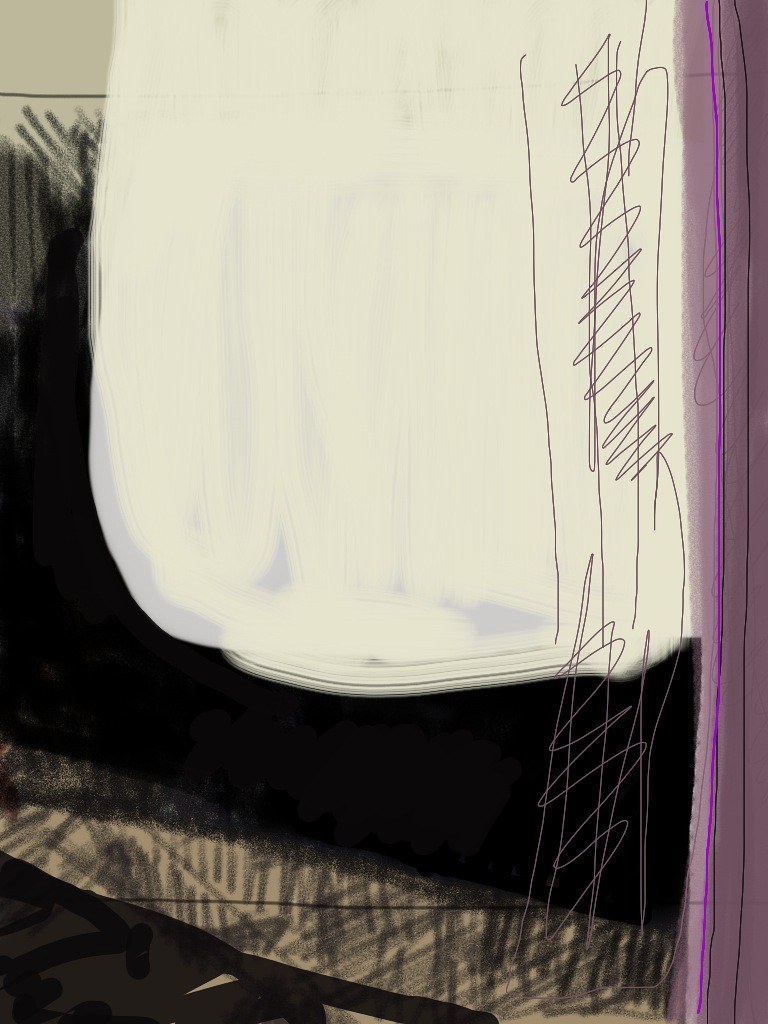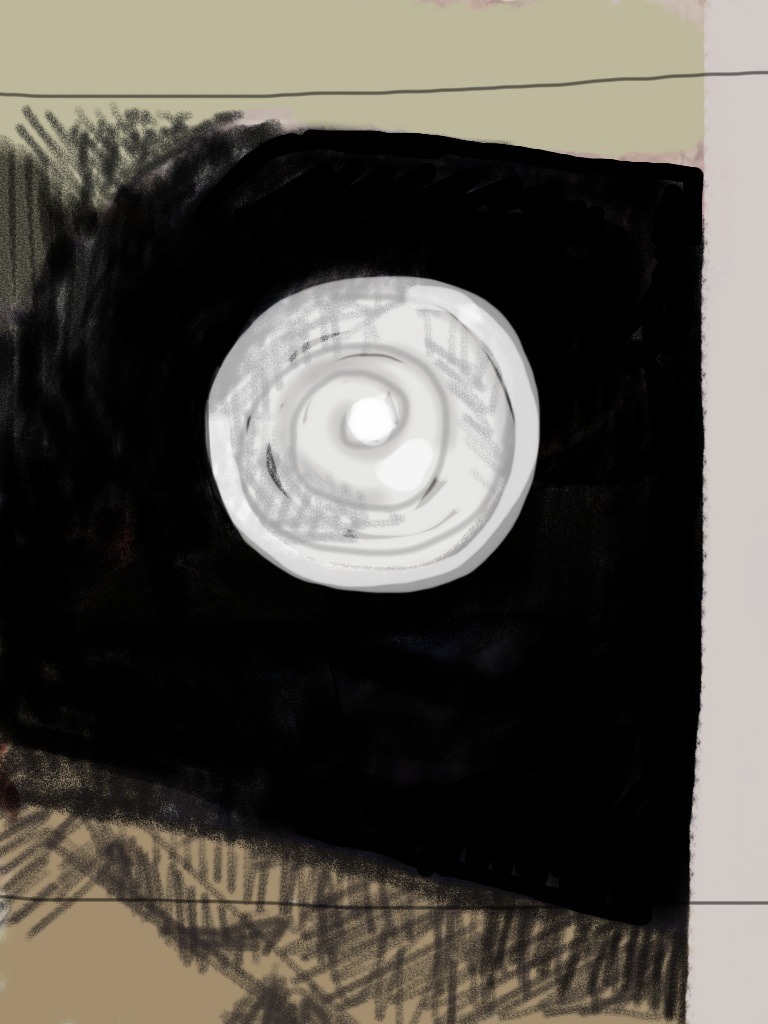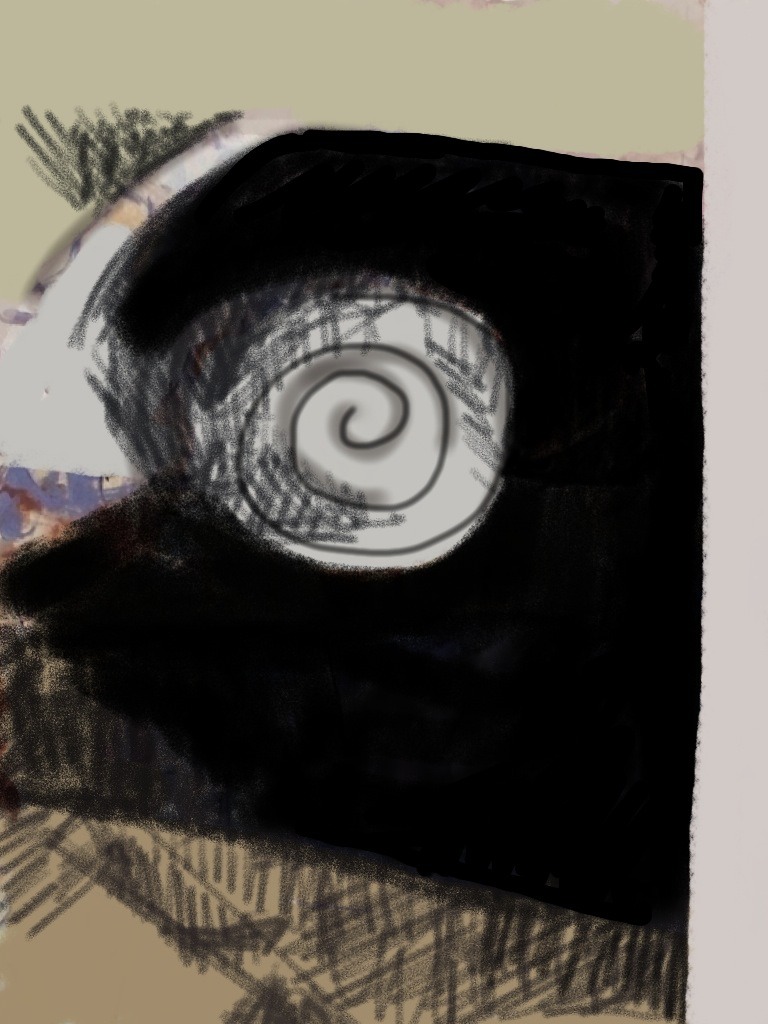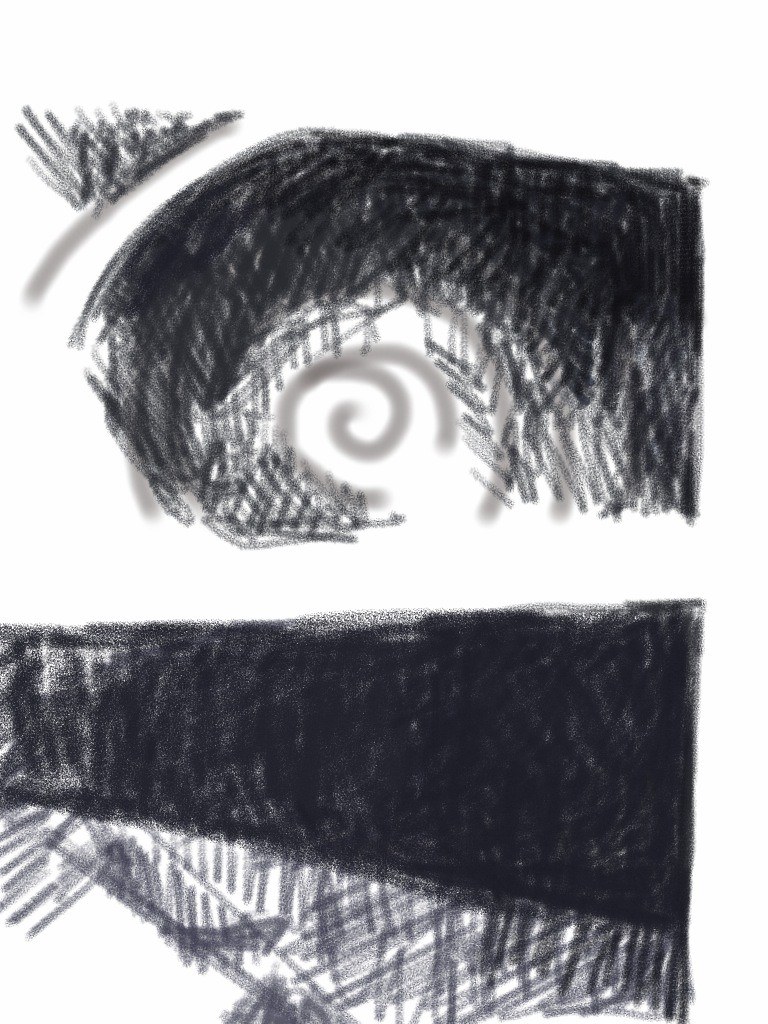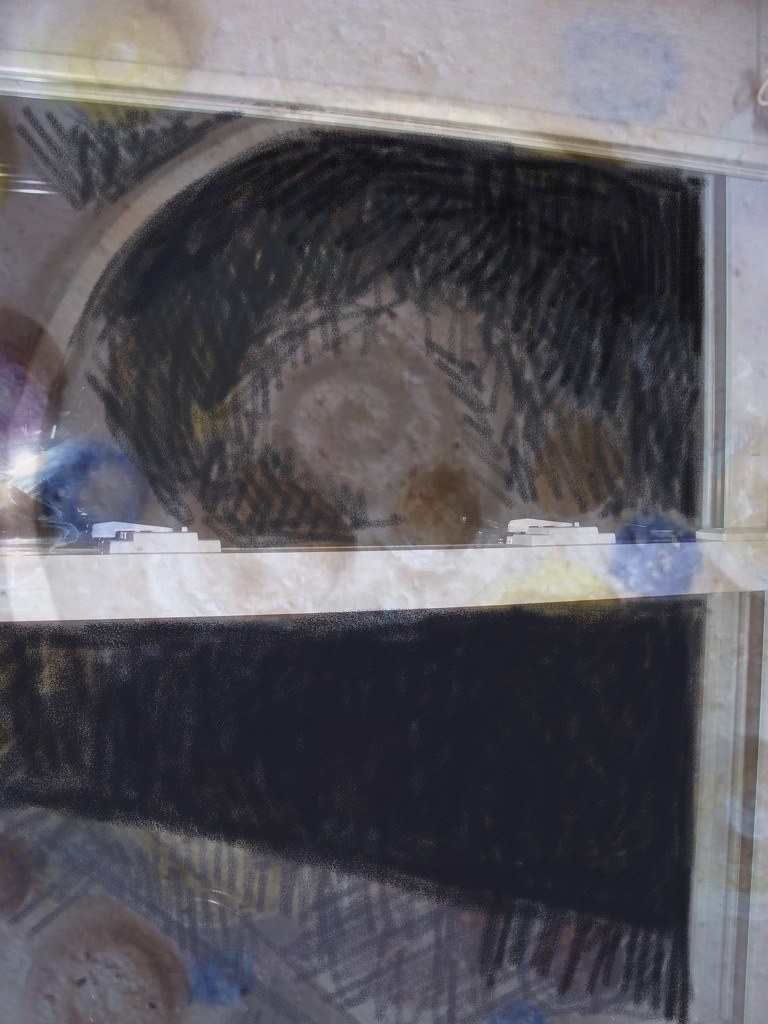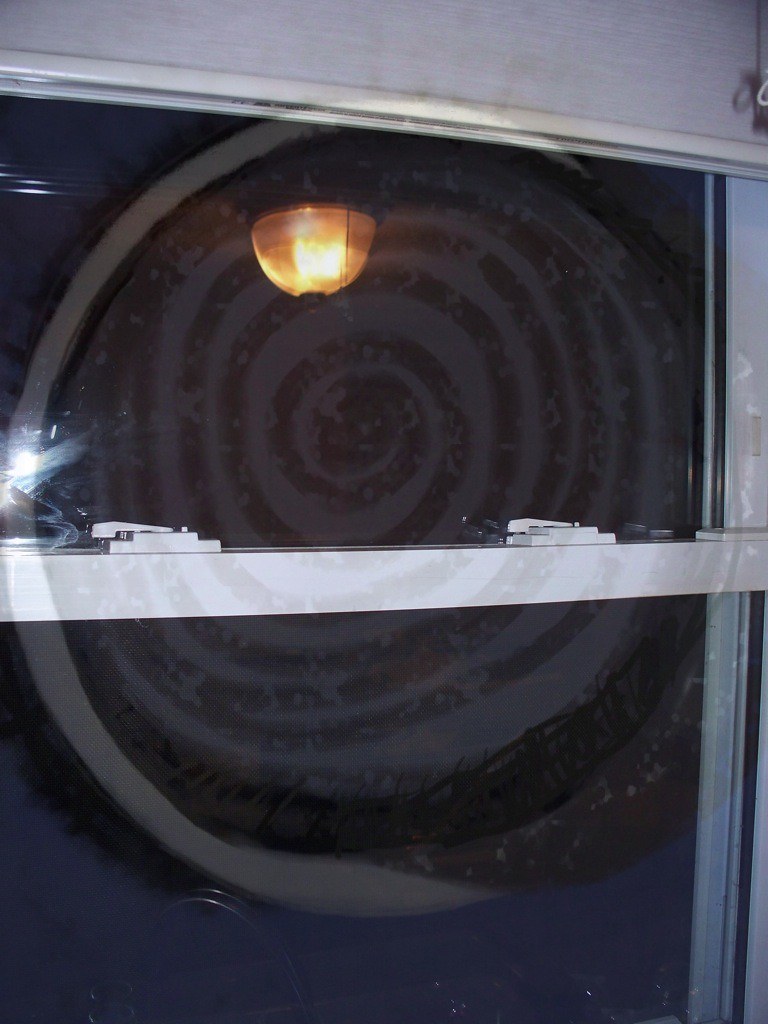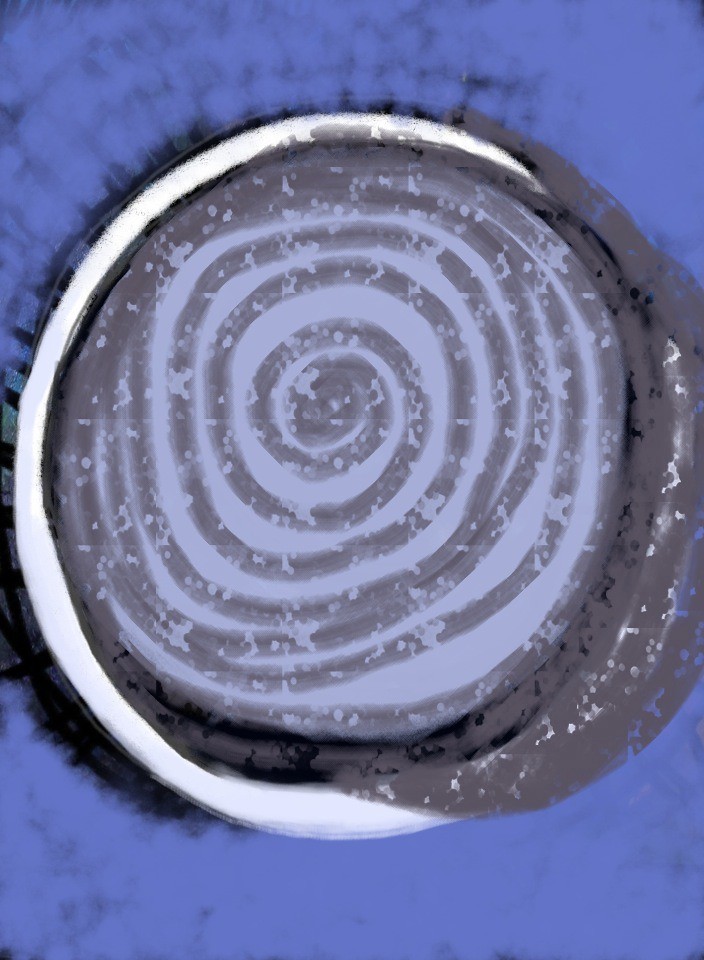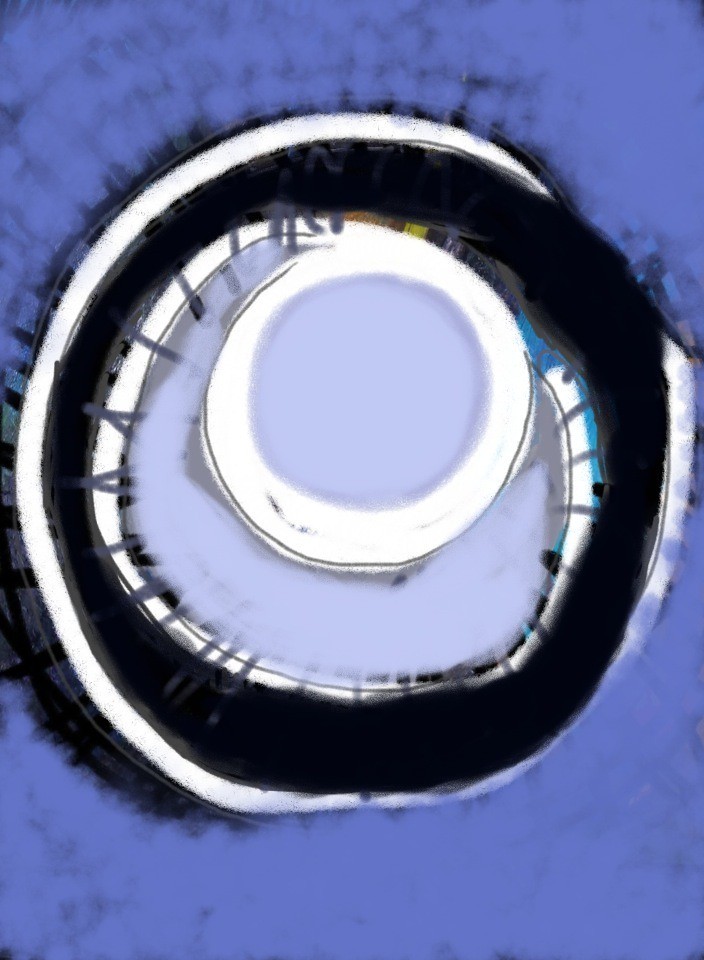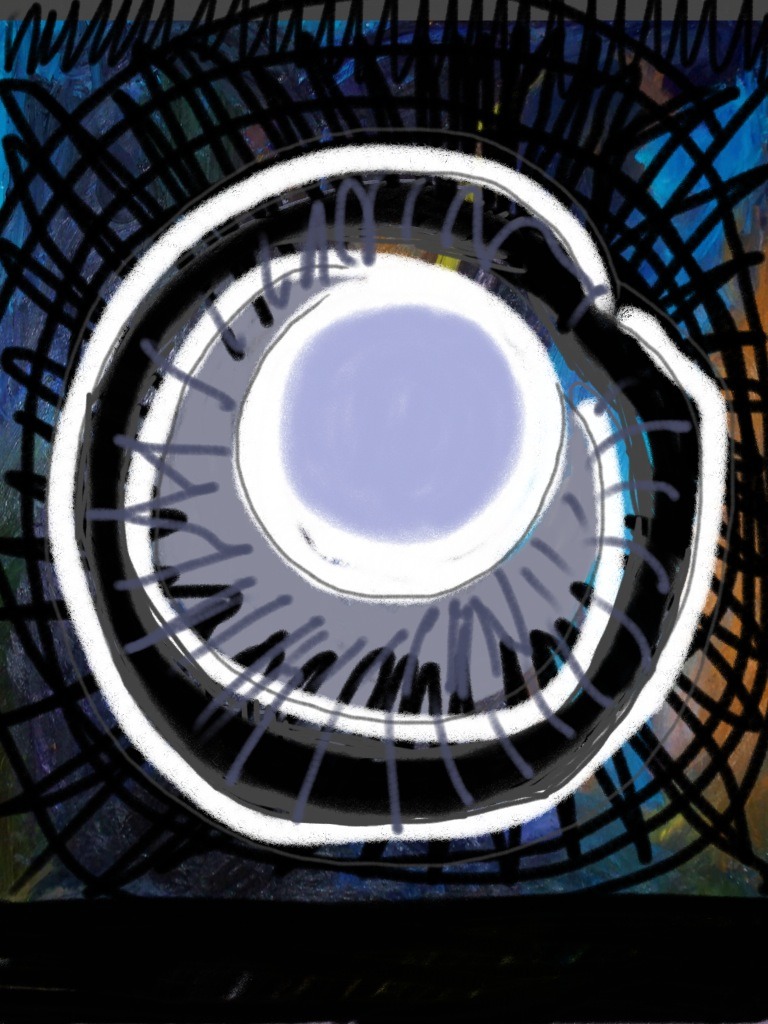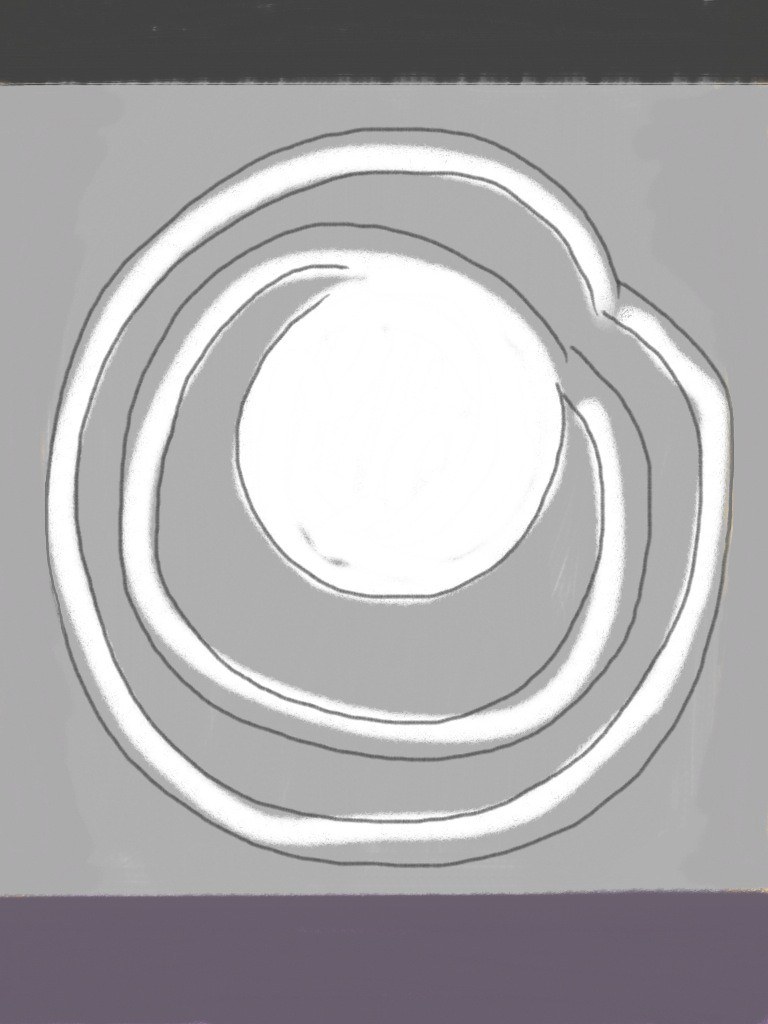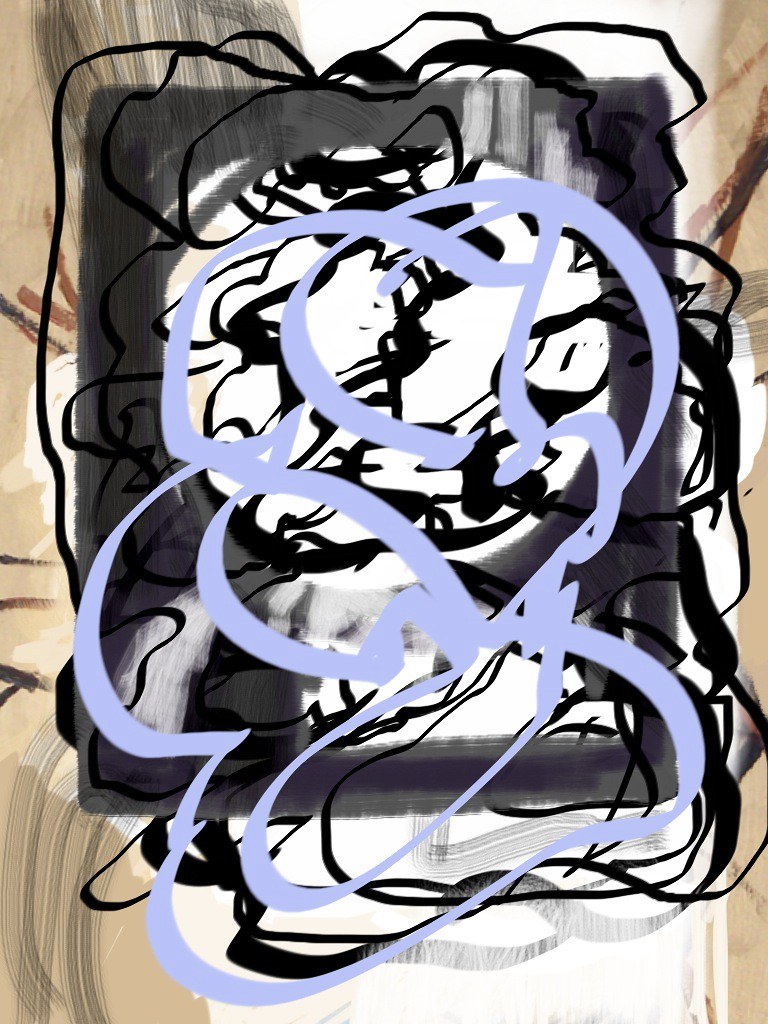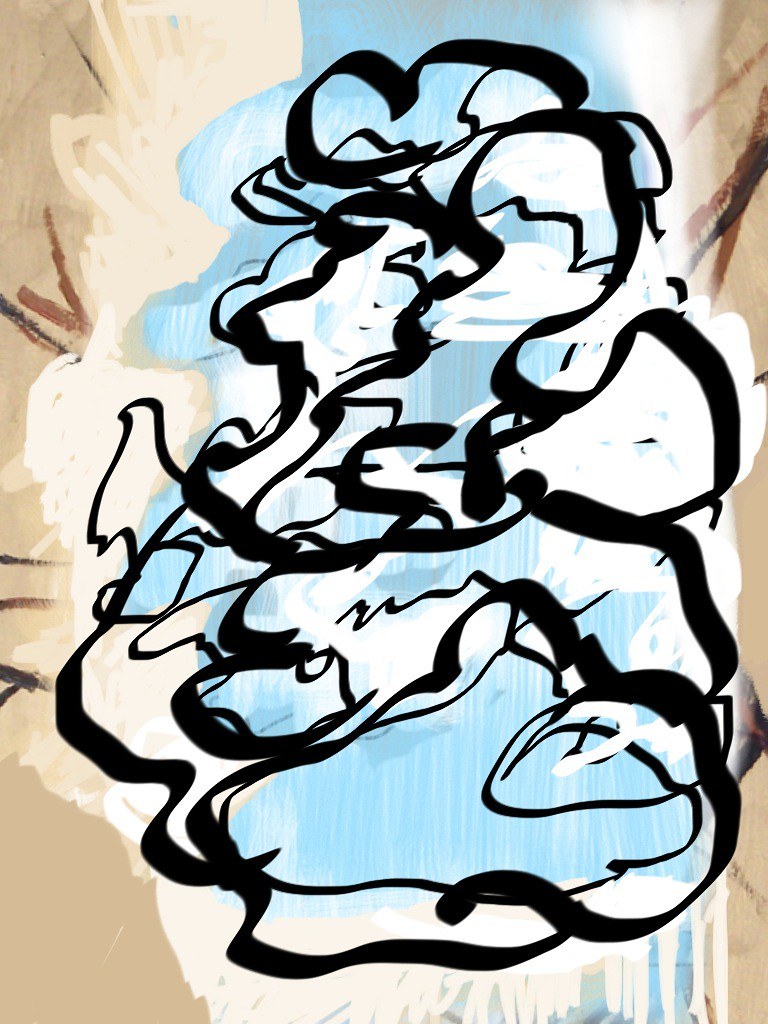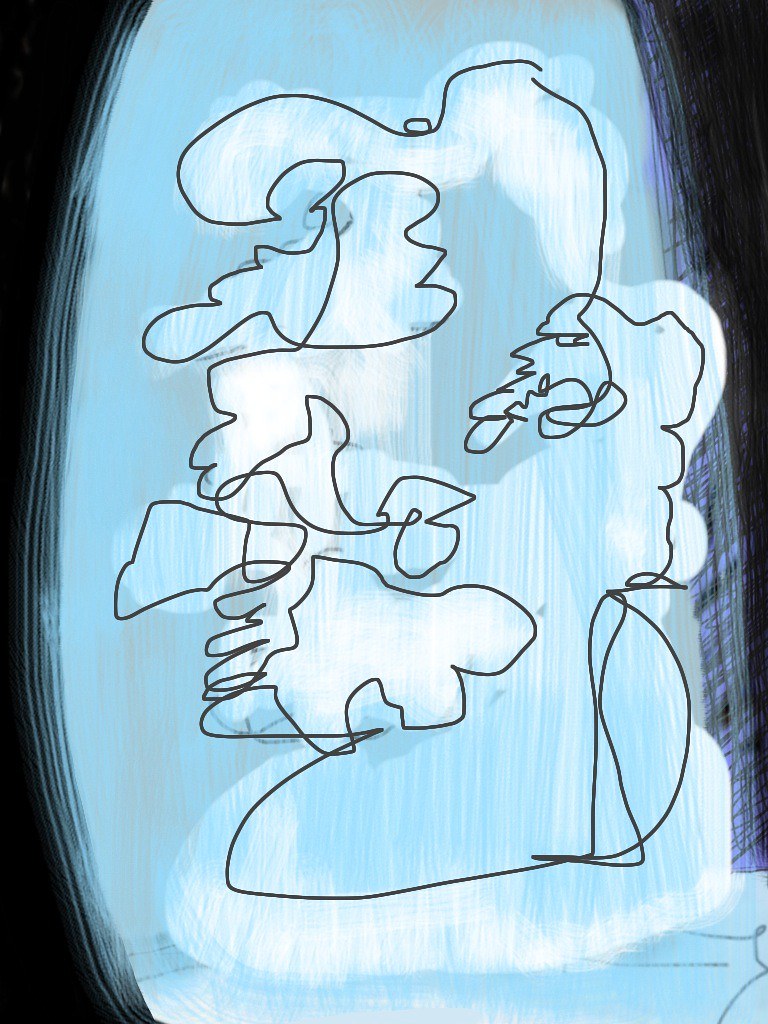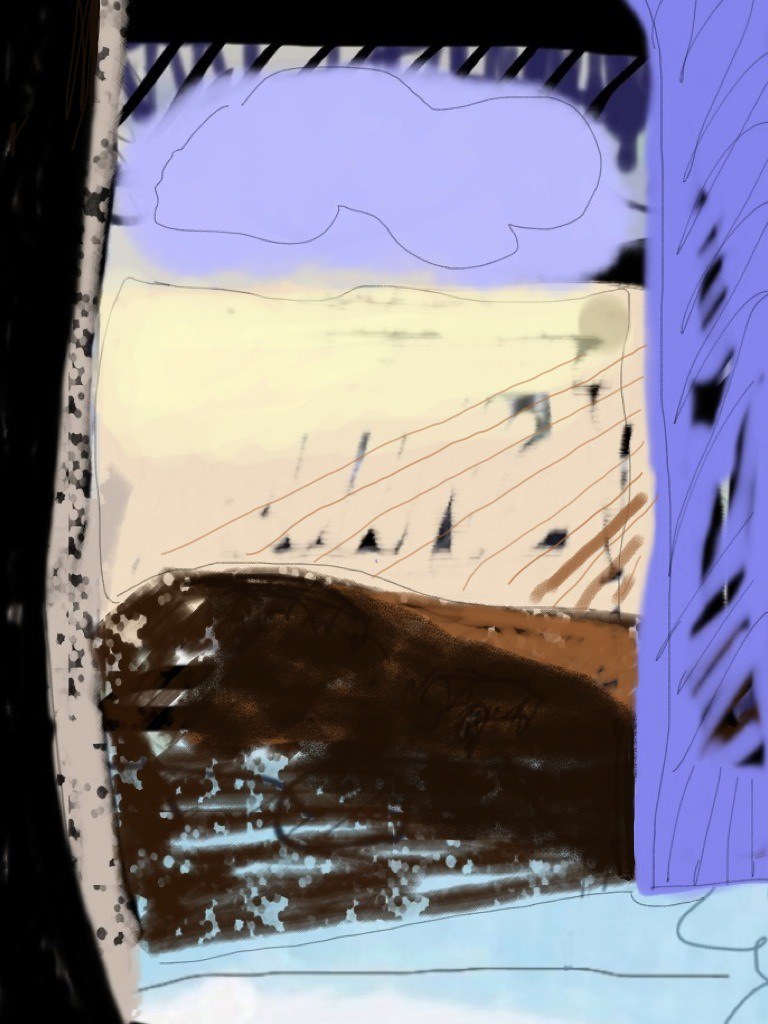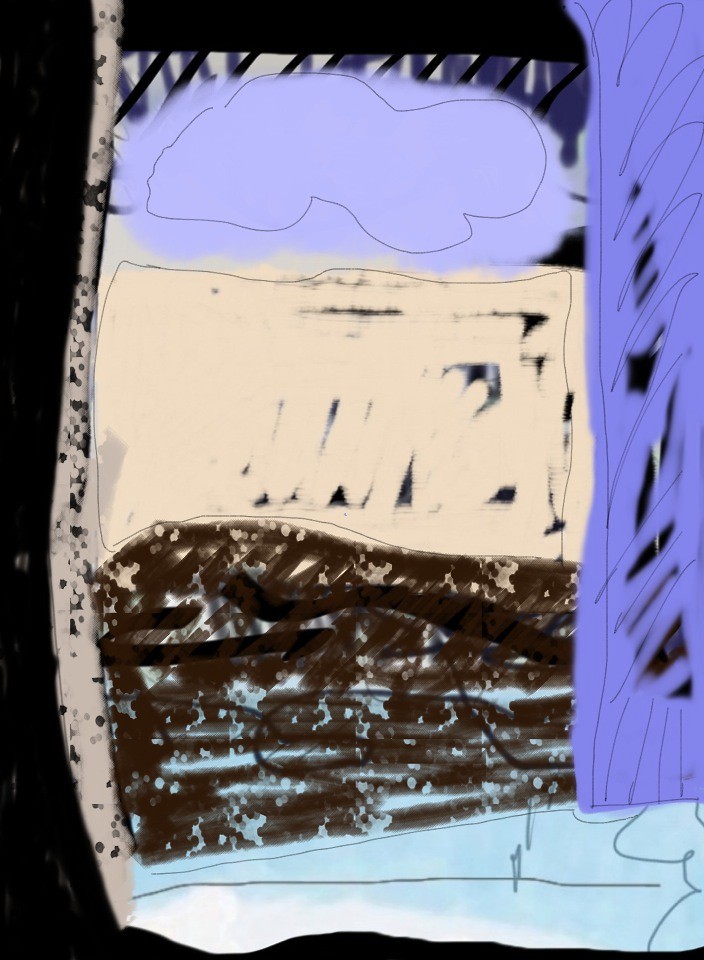
Tuesday, May 31, 2011
Monday, May 30, 2011
Sunday, May 29, 2011
Saturday, May 28, 2011
Friday, May 27, 2011
Thursday, May 26, 2011
Wednesday, May 25, 2011
Tuesday, May 24, 2011
Monday, May 23, 2011
Sunday, May 22, 2011
Like Niagara Falls (last post with text)

8" x 10", oil on panel
Peter Schjeldal, art critic for the New Yorker, said in a lecture to students that artists do not need to write artist's statements. Art business often requires it but his opinion is that they do not always have anything to do with the work. I remember being discouraged from attaching words to my paintings in graduate school because words are so limiting.* I love talking about art but I love making it and looking at it more, much more. I've had the experience of reading something and having the text expand my understanding of a particular artwork or artist. In Art Weekly I have tried to offer that kind of insight into my work and the work of other painters. The writing is, at times, too elementary for those who in the field yet can be still to esoteric for the lay person.
The iPad Project is very freeing in that I post it, sharing it with others, and everything I want to express is in the picture. I'm not obligated to verbally expand or qualify. I'm done. It's been fifteen years since I graduated Penn with my MFA and I've painted through a lot of territory. I haven't scratched the surface of ideas I want to dig up and haven't reached the bottom of the well of ideas I have already unearthed. I know where my strengths are. I suck in math and I have a huge imagination. I am committed to being stylistically flexible when the art world wants to label, define, and categorize for collection. I'm forty. It's said that after forty people are more confident about their identity and just don't give a shit anymore. I've had a good time with the blog. It's very important to me. I see it as an artwork on its own. There's plenty to go back and read if someone is looking for explanation. If I really feel the need to write about something, I can, but I'm shaking off the need to plead with people to look. Now it's going to be purely visual. We'll see what happens.
Here's my new motto:
"I'm this and I'm also that."
*Ineffability is concerned with ideas that cannot or should not be expressed in spoken words (or language in general), often being in the form of a taboo or incomprehensible term. This property is commonly associated with philosophy, aspects of existence, and similar concepts that are inherently "too great", complex, or abstract to be adequately communicated. In addition, illogical statements, principles, reasons, and arguments are intrinsically ineffable along withimpossibilities, contradictions, and paradoxes. Terminology describing the nature of experience cannot be properly conveyed in dualistic symbolic language; it is believed that this knowledge is only held by the individual from which it originates. Profanity and vulgarisms can easily and clearly be stated, but by those who consider they should not be said, they are considered ineffable. Thus, one method of describing something that is ineffable is by using apophasis, i.e. describing what it is not, rather than what it is. - Wikipedia
Saturday, May 21, 2011
Friday, May 20, 2011
Thursday, May 19, 2011
Wednesday, May 18, 2011
Tuesday, May 17, 2011
Monday, May 16, 2011
Sunday, May 15, 2011
Hills

9" x 12", oil on panel
Painter George Tooker died on March 27th this year at the age of ninety. Tooker is famous for his work which expresses modern anxiety and the human condition. He said he never wanted to be part of the New York art scene or be a household name like Jackson Pollock. [See the NPR story reporting his death and including five images of his paintings.] He was grateful that people bought his work so that he could live a quiet life with his dogs. His work was considered out of fashion, along with most figurative art, at the time when Abstract Expressionism ruled. Now his name is established.
I appreciate Tooker's attitude and feel the same. Being able to make the work is most important. Sales and notoriety are only important to me in that they lead to people appreciating and taking care of the work. Becoming established in that way also makes the work visible, placing it in relation to other art, thus reciprocally enriching the meaning and understanding.
I like the quiet life (and dogs). Hills has a meditative quality. The sense of peace invites the viewer in but is also slightly distant. The black bands try to hold onto it while serving as reminders that the scene can't be touched. There is a polarity of longing and contentment, also part of the human condition, a dichotomy perhaps Tooker would appreciate.
Saturday, May 14, 2011
Friday, May 13, 2011
Thursday, May 12, 2011
Wednesday, May 11, 2011
Tuesday, May 10, 2011
Monday, May 09, 2011
Sunday, May 08, 2011
Rusty & Biscuit on a Walk, The Neighborhood Out the Window

Rusty and Biscuit On a Walk 8"x 6", pencil on paper
The Neighborhood Out the Window, 12" x 14", oil pastel on black paper
The Public Radio International podcast, To the Best of Our Knowledge, called "Creative Pairs" (March 27, 2011) is fascinating. It's description is as follows:
"Joshua Wolf Shenk has written a detailed analysis of the working relationship between the prolific and influential songwriting duo, John Lennon and Paul McCartney. Lan Samantha Chang's novel follows the lives of students and one particular professor in a creative writing program in the Midwest. Joelle Biele describes what happened to Elizabeth Bishop's poems when they were submitted to The New Yorker. Ben Folds joined forces with Nick Hornby and collaborated on an album called Lonely Avenue."
The part featuring Lan Samantha Chang, the Director of the Iowa Writers' Workshop and author of All is Forgotten, Nothing is Lost has a couple quotes about studying writing (you can substitute "art") and entering it into the world. I've been doing a lot of writing lately so that added another dimension for me. She spoke with Steve Paulson who asked her if writing can be taught. Here's what she said:
"I think that talent cannot be taught. It can be encouraged. I don't think it's possible to bring everyone up to the same level of accomplishment. But I do think it's possible for a teacher to encourage students to do much, much better in a shorter amount of time than they would have if they hadn't studied."
"An artist's life is full of rejection and there is no way to get around it. I think that back in the day when this story is set it was par for the course that teachers would do some of the rejecting."
I've been through a rigorous MFA program, have won awards, exhibited in juried shows but I've also had plenty of rejection. I know the graduate school experience did for me just what Chang describes. Teachers do push your back to the wall, make you turn yourself inside out in order to find the place from which to make art with integrity. The critic/teachers can smell a bullshitter a mile away. I've been writing a lot lately and it's funny because my MFA is in painting but I'm crossing into an area in which I'm almost self-taught. I will reach out to others who have experience in writing and in that way receive some of the mentoring teachers provide but I'm sure it won't be the same as a graduate school critique. Brutal honesty isn't typically socially acceptable.
The two pictures I'm posting this week are a kind of mapping, trying to find one's way. There's a sense of feeling along not just seeing; forms aren't fully planted. The same place will look the same and different tomorrow. Honesty accepts doubt and flux. Stepping out of one's usual areas of strength really underscores uncertainty and change. We'll see what's around the corner and I might stop to hug my dogs on the way.
Saturday, May 07, 2011
Friday, May 06, 2011
Thursday, May 05, 2011
Wednesday, May 04, 2011
Tuesday, May 03, 2011
Monday, May 02, 2011
Sunday, May 01, 2011
Twilight, White Light, Silver Woods

all 8" x 10" oil on panel
I just came across this Van Gogh, Painter on His Way to Work. I've never seen it before. There are so many paintings I haven't seen in person or in books that are viewable on-line. My professors in graduate school said there were only black and white photographs of paintings when they were students. It's so different now.

Of course I love the bracketing with the two trees in this one. They are like figures, the actual figure bisecting them. The lyricism is embedded in the color, space, and shape play. The vanishing point in the upper left marked by the point of the green field/triangle. The arch leading to its apex makes a shape echoed in the walking stick and the artist's leg and shadow, suggesting a gait or bounce in the step created by this visual rhythm.
The color in my new landscape paintings is subdued with Silver Woods crossing the divide into drawing. Twilight has a complementary blue/orange thing going on which contributes to the sense of tension between the trees. The curved black shape at the bottom seems to suggest looking out a car window. The neutral plane on the right edge has strokes connecting the black with the trees. The central light blue light is the calm amongst it all.
There is a fluidity in all of them that I like and a space I don't usually paint. I'm typically drawn to very open spaces but here the focus is finding open spaces within the woods. Leaves rustle, wind blows, shadows move. The planes of trees, space, and ground interact. The green leaves in White Light appear to extend toward the viewer, a tricky thing. I would like to do it again, to puzzle it out, to feel it again and reinvent it. I'll see what I can do.
Subscribe to:
Posts (Atom)

